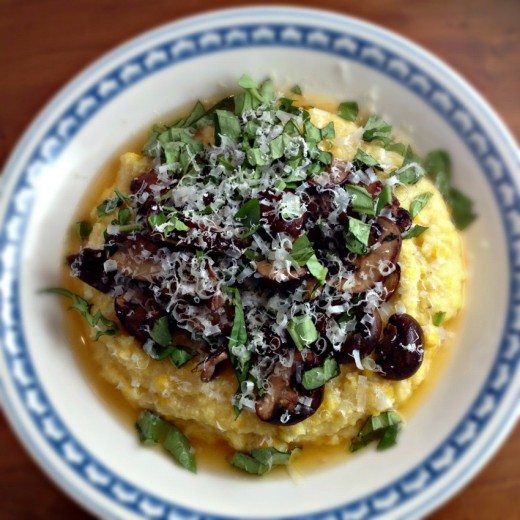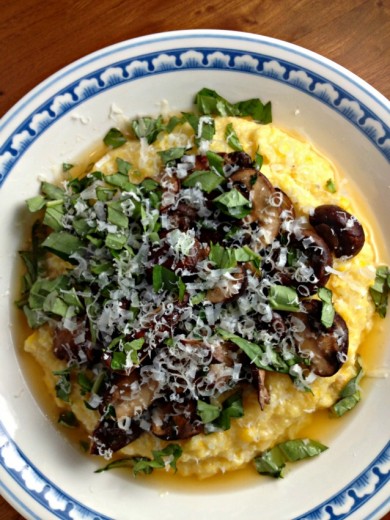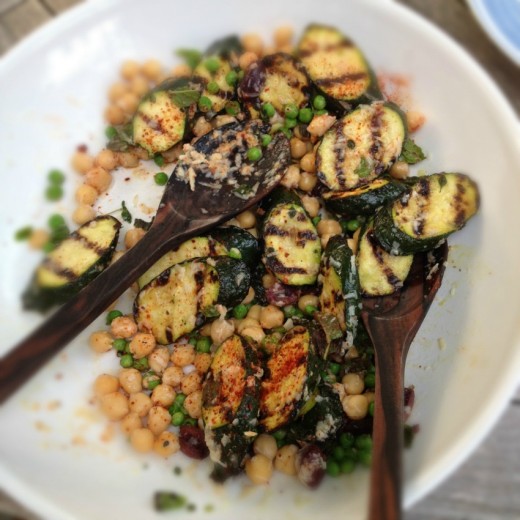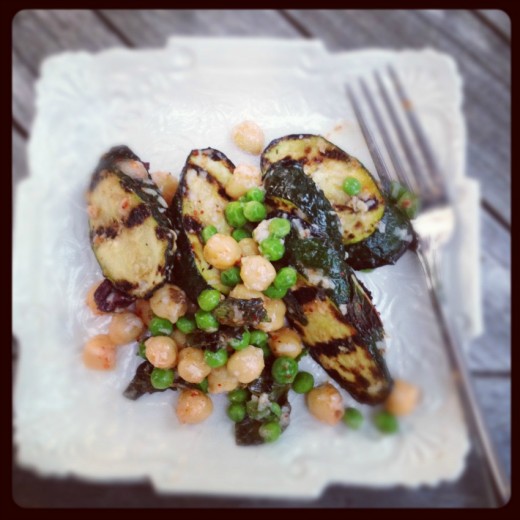Hello Friends.
The first quarter of 2013 is over and I have not a lot of food posts to show for it. There are several reasons for the quiet on this site. One is still adjusting to a new life and new rhythm in a new city. I was far busier in Seattle and yet posted much more frequently. More proof that the busier I am, the more productive I am. Another reason is some technical problems with my web host and just general internet yuck.
But the main reason is that I just haven’t been feeling all that good. I’ve never mentioned this here, but I suffer from acid reflux. I had it bad with both of my pregnancies and after I had Spencer, it never went away. I’ve had tests done over the years and have been able to control it very well with a mild medication. Until recently. For some reason that is not easily explained, my reflux got completely out of control about two months ago. I went from falling asleep easily every night, to being up for hours trying to get the stomach pain and constant buzzing in the back of my throat (from stomach acid) to go away enough for me to doze off. The discomfort is with me during the day too, just not as much in the front of my mind in the daylight. I don’t feel bad all the time but much of the time. Being in a new city, I was a little lost and finding the right person to go see was much more difficult than in my home town.
I’ve done more tests and switched medications and the bottom line is that I’ve been feeling pretty terrible much of the time. I am on something new that apparently takes a while to start working so I am holding on hoping that that is true. (UPDATE: For the past couple of days, I have been feeling better. I guess the new medicine is working after all. Phew!) As you do in these situations, I went to Facebook and asked for advice from friends. What are you taking? What has worked for you? A number of people said they had seen naturopaths and found out they had food intolerances and their reflux cleared up after they eliminated those foods. Not really knowing what else to do, I decided to put myself on an elimination diet. I cut out everything I thought might be giving me trouble. Caffeine, alcohol, sugar, soy, wheat, grains, beans, dairy. Because I don’t eat meat, that meant I was eating eggs, fruits and vegetables, quinoa, and nuts and seeds. I did this for four weeks and I did not feel one bit better. No change in my stomach issues, no sudden glow to my skin, no bounce in my step. So, obviously, I have gone back to eating my regular (mostly) healthy diet.
So essentially, I have not been writing glowing posts about delicious things I have been making because my stomach has been hurting and because I have been cooking in an extremely limited fashion. But here is the thing. I made some tasty things, even with the restrictions I put on myself. That polenta was a super satisfying dinner. And I made several different kinds of Thai curry, all of them with my new favorite Kabocha squash which goes so well in curry, all of them with homemade curry paste, all of them satisfying. I am glad that I can eat out again without worrying about what I will order and glad to have all my choices available again. I am interested to note that I am not rushing back to certain things – sugar for one.
I used one of my favorite cookbooks, Real Vegetarian Thai, for my curry paste recipes and I have found that the red curry is much spicier than the green. This green paste is mild but with so much flavor that I really encourage you to make your own. It doesn’t take long at all and it will keep for up to a month in your refrigerator. I find that, because the green is so mild, I use about half of a batch for one pot of curry, but you may use less. If you don’t want to make your own paste but still want to make the curry, Thai Kitchen makes a decent curry paste that is vegetarian. It is pretty spicy though so be careful adding it to the stew. Kabocha squash is kind of round-ish and the skin can be either green or orange. I have found that the orange ones have a better texture. Either way, the skin is edible. Just be really careful cutting into them!
One Year Ago: Holly B’s Savory Brioches
Two Years Ago: Eggplant and Mushroom Pasticcio, Lemon Cream Tart (the best lemon tart!)
Three Years Ago: Holly B’s Cinnamon Rolls, Baked Rice with Chiles and Pinto Beans
Four Years Ago: Spicy Sweet Potatoes with Lime, Marinated Chickpea Salad with Radishes and Cucumber
Thai Green Curry with Kabocha Squash and Shiitake Mushrooms
Dana Treat Original (curry paste from Real Vegetarian Thai)
Serves 3-4
I made this twice in two weeks. The first time I did not use tofu because I was not eating soy. I used a drained can of bamboo shoots to bulk it up. I think it is better with a bit of tofu, but it is up to you. This makes a nice thick curry. If you want more liquid, you can add more coconut milk or even a bit of vegetable broth or water. Finally, I used to always use low fat coconut milk in my curries but I am SO over that. The real stuff tastes about 1000% better.
For the curry paste:
4 fresh green jalapeño chiles
1 tbsp. whole coriander seed
1 tsp. whole cumin seed
5 while or black peppercorns
3 stalks lemongrass
¼ cup fresh cilantro leaves and stems
2 shallots, coarsely chopped
4 cloves garlic, roughly chopped
1 tbsp. roughly chopped ginger or galangal
Zest of 1 lime
1 tsp. salt
For the stew:
Coconut, peanut, or canola oil
3 medium shallots, thinly sliced
1-inch piece of ginger, peeled and minced
2 garlic cloves, minced
1 red bell pepper, seeded, and cut into 1-inch pieces
6 ounces shiitake mushrooms, stems removed and thickly sliced
1 14-ounce can full fat coconut milk
1 small kabocha squash, seeded, cut into 1-inch chunks
6 ounces extra firm tofu, cut into 1-inch pieces
Handful of cilantro leaves, chopped
Kosher or sea salt
Make the curry paste:
Stem the chiles, chop them coarsely, and set aside. In a small skillet over medium heat, dry-fry the coriander seeds until they darken a shade or two, shaking the pan or stirring often, 2 to 3 minutes. Tip out onto a saucer. Toast the cumin seeds in the same way, until they darken and release their rich aroma, 1 to 2 minutes. Grind the two spices along with the pepper in a coffee or spice grinder, or in a mortar and pestle.
To prepare the lemongrass, trim away and discard any root section below the bulb base, and cut away the top portion, leaving a stalk about 6 inches long including the base. Remove any dried, wilted, and yellowed leaves. Finely chop the stalk.
Combine the lemongrass, the chopped chiles, and the ground toasted spices with the remaining ingredients in a blender or food processor and grind them to a fairly smooth paste, stopping often to scrape down the sides and adding a few tablespoons of water as needed to move the blades.
Make the stew:
Place a wide pot over medium heat. Add just enough oil of your choice to coat the bottom, then add the shallots and a large pinch of salt. Allow the shallots to cook, stirring often, until they are soft and starting to brown, about 5 minutes. Add the ginger and garlic and cook for another 2 minutes. Next add the red pepper and the shiitake mushrooms. Cook, stirring occasionally, until the mushrooms and peppers are starting to soften and brown in spots, about 10 minutes.
Move the vegetables over to one side of the pot. Pour in about ¼ of the coconut milk and then spoon in a couple of tablespoons of the curry paste. Mash the paste into the coconut milk to combine, then stir the mixture together with the vegetables. Pour in the rest of the coconut milk and turn up the heat. Taste the liquid to see if you need more curry paste and add as needed. When it comes to a boil, add the squash and the tofu. Turn the heat down to a simmer, cover, and cook until the squash is fork tender, about 20 minutes. Just before serving, taste for salt and shower with the chopped cilantro. Serve with jasmine or basmati rice.
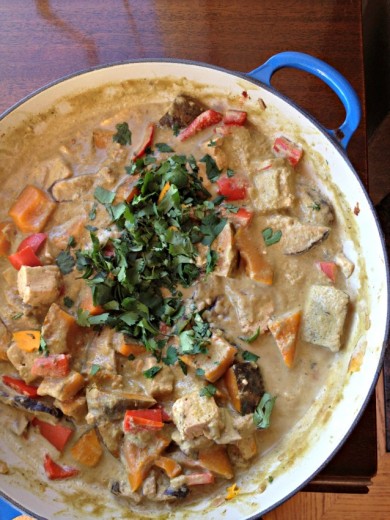
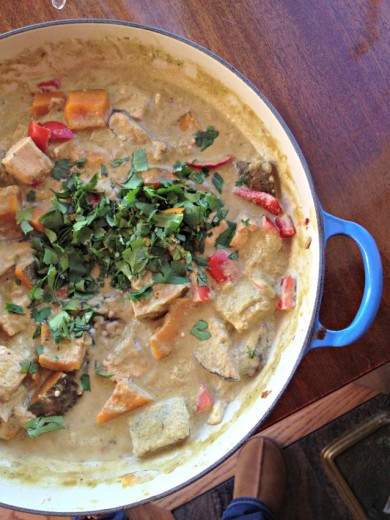
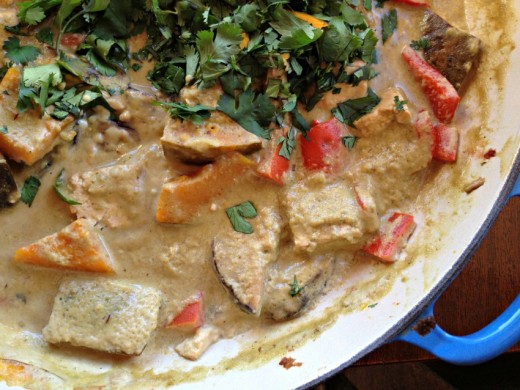

 Share
Share

